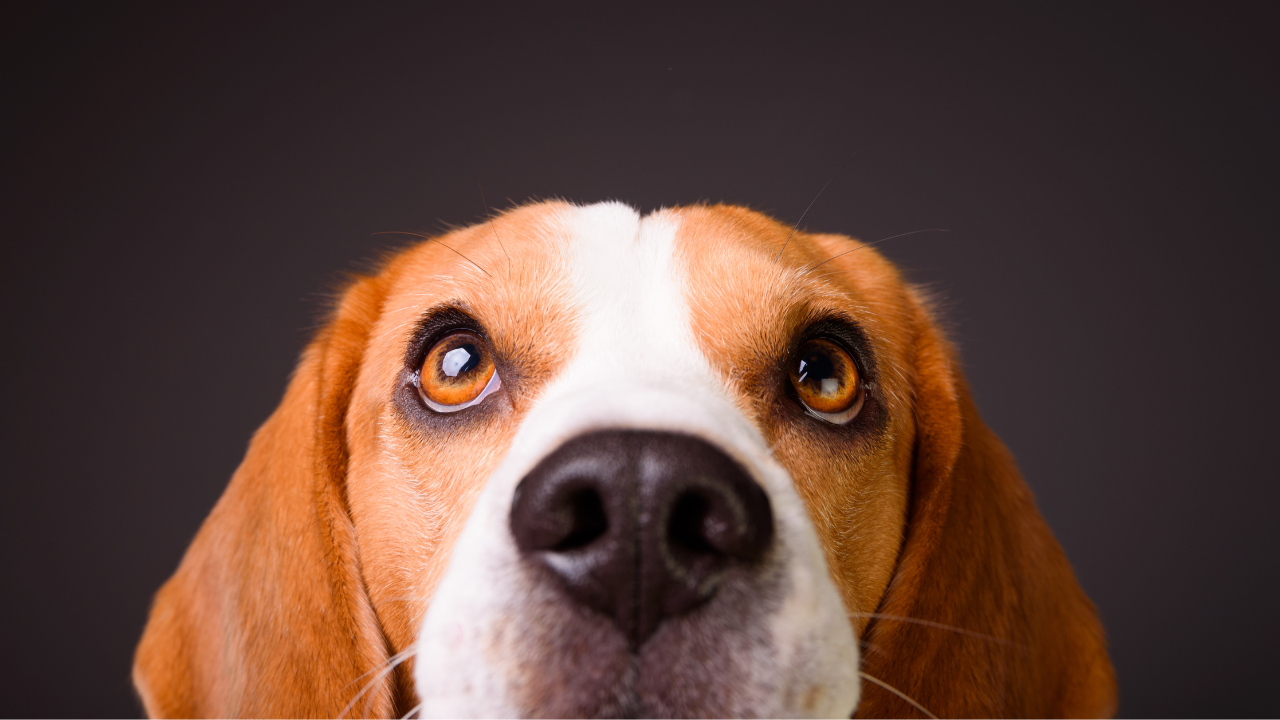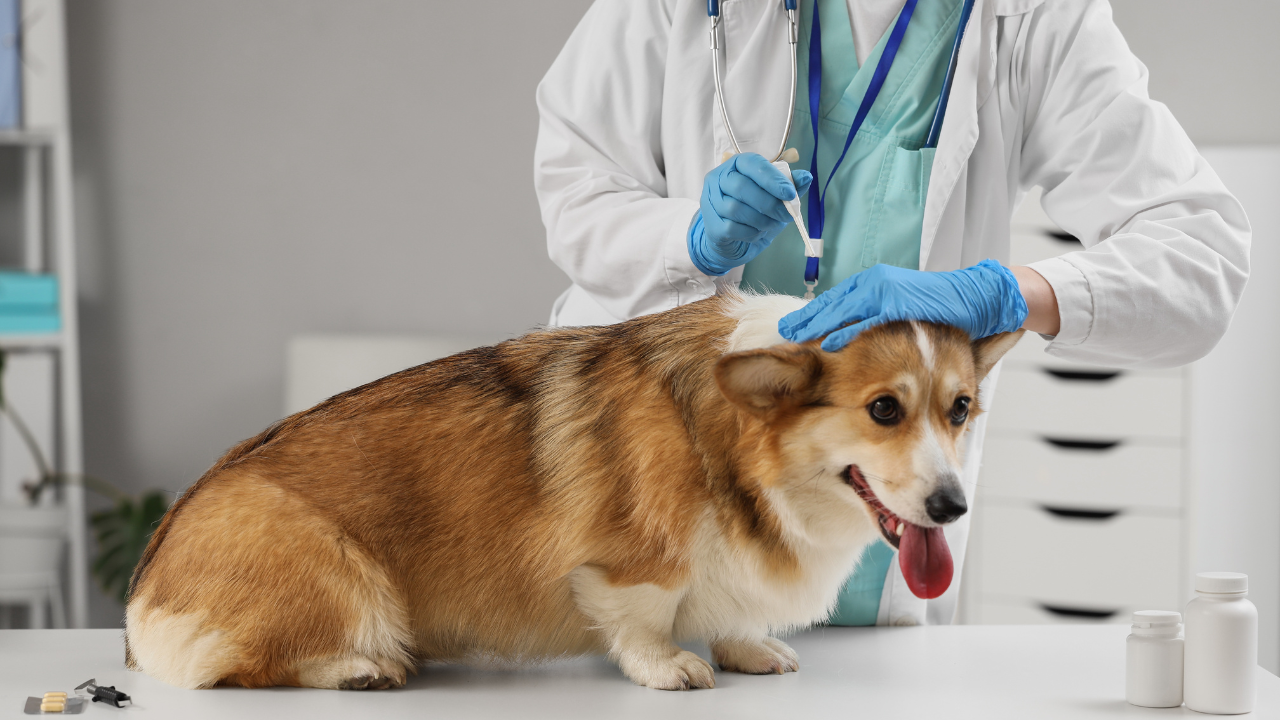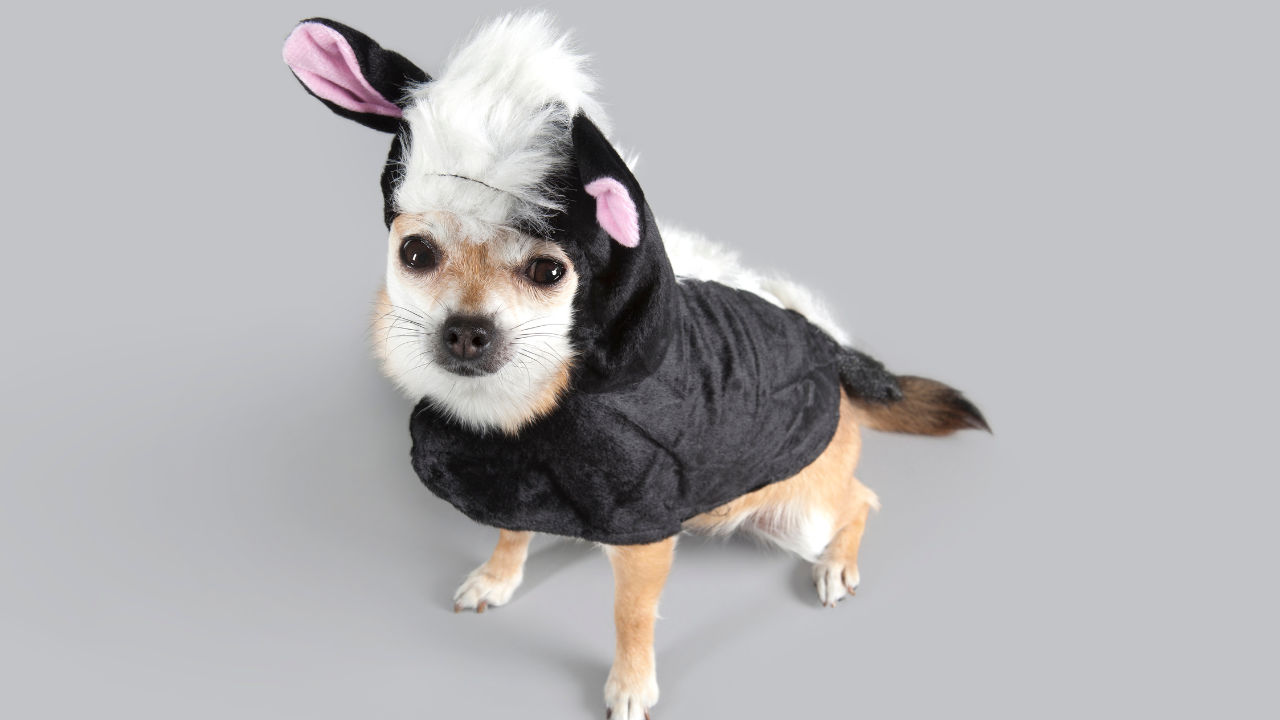How Do Groomers Keep Dogs Still While Grooming?

Dog grooming is essential for every pet’s health and happiness. Whether you own a small Poodle or a large Labrador, grooming keeps their coat clean, their skin healthy, and their nails in check. However, one of the most common challenges that both professional groomers and pet owners face is keeping a dog still during a grooming session. Dogs often fidget, twist, or even try to escape the grooming table, making the task harder and less safe for everyone involved.
So, how do experienced groomers manage to keep even the most energetic pups calm and steady? Let’s explore the reasons behind dogs' restlessness during grooming, and the expert techniques that make the process smooth, safe, and stress-free for both dogs and humans.
Why Keeping a Dog Still Is Essential During Grooming
Stability during grooming is crucial for many reasons. First, it helps protect the dog from accidental injuries. Sharp tools like clippers and scissors can harm a wiggling pup in an instant. If a dog moves suddenly, even a skilled groomer might nick the skin.
Second, keeping a dog still ensures that the grooming results are neat and professional. Uneven cuts or missed spots often happen when a pet won’t hold position. A calm, steady dog helps the groomer work faster and with better precision.
Finally, maintaining stillness reduces the stress of the grooming process itself. When dogs feel secure and supported, they’re less likely to panic. Over time, this can make future grooming sessions much easier.
Why Do Dogs Fidget During Grooming?
It's completely normal for dogs to wiggle or squirm during grooming, especially if they're not used to it. Grooming involves a lot of new sensations that can feel strange to them, like the buzzing of clippers, the pulling of a comb, or the splash of water.
Many dogs also experience anxiety from loud noises. Sudden sounds like blow dryers or nail clippers can startle them, making it hard for them to relax on the grooming table.
Another reason they might fidget is discomfort. If their fur is matted, tangled, or if they have sensitive skin, grooming can feel uncomfortable for them. A dog might squirm simply because something is itchy or painful.
Lastly, some dogs just have a lot of energy. Puppies and certain more active breeds can find it tough to stay still, even in a calm setting.
Common Reasons Dogs Struggle to Stay Still
There are several common reasons why dogs may struggle during grooming:
- Fear of equipment: The sound or feel of tools like dryers and clippers can be frightening.
- Discomfort with handling: Not all dogs enjoy having their paws, ears, or tails touched.
- Past negative experiences: A bad grooming session in the past can cause nervousness.
- Overexcitement: Some dogs are too thrilled to see people and can’t help but wiggle.
- Physical discomfort: If a dog has mats, tangles, or sensitive skin, grooming might hurt.
- Health issues: Conditions like arthritis can make standing still difficult.
Understanding these triggers helps groomers choose the right techniques to keep dogs calm.
How Do Groomers Keep Dogs Still While Grooming?

Experienced groomers use a blend of training, tools, and patience. Let’s look at some of their top strategies.
Calm Introduction
Before the grooming session begins, groomers often spend a few minutes allowing the dog to sniff around and get comfortable. A relaxed start sets the tone.
Positive Reinforcement
Many groomers use treats and praise to encourage good behavior. If a dog remains still while brushing or clipping, they receive immediate rewards. Over time, this builds trust and reduces anxiety.
Proper Restraint
Groomers use safe, humane restraints like grooming loops or belly straps. These tools hold the dog securely but comfortably. They prevent sudden leaps or slips without causing pain.
Short Sessions
For dogs who struggle with long grooming times, professionals may work in short bursts. Frequent breaks help prevent stress and allow the dog to reset.
Desensitization
Groomers often acclimate dogs to grooming tools gradually. They turn clippers on nearby, let the dog hear the sound, and reward calm behavior. This approach is especially useful for puppies or rescues.
Consistent Handling
Dogs feel safer with confident, predictable handling. A groomer’s steady hands communicate calm and control, reducing a dog’s urge to fidget.
Muzzle Use (If Needed)
In rare cases, a groomer may use a soft muzzle for safety. This is only applied if a dog is prone to biting. It’s never a punishment, only a protective measure.
Essential Tools and Equipment

The right equipment makes a huge difference in keeping dogs still and safe during grooming. Let’s look at some essentials:
- Grooming Table with Non-Slip Surface: A stable grooming table prevents dogs from slipping and helps them feel secure. Adding a grooming mat—or even an old yoga mat—provides extra comfort by reducing pressure on the dog’s joints.
- Adjustable Grooming Arm and Loop: The loop supports the dog’s neck and gently prevents jumping or lunging.
- Belly Bands: Belly bands may be used to provide support to the midsection and assist with stability during grooming. They should only be applied when necessary and not for the entire grooming session, as prolonged use can place undue pressure on the abdomen and force the dog to remain standing for extended periods, which is considered inhumane.”
- Gentle Muzzles: Soft muzzles or Elizabethan collars protect the groomer while allowing the dog to breathe comfortably.
- Quiet Clippers: Low-noise clippers reduce fear responses in noise-sensitive dogs.
- Treat Dispensers: Hands-free treat dispensers reward calm behavior without interrupting the groomer’s focus.
Using the right tools not only keeps dogs safe but also helps the groomer work more efficiently.
Special Approaches for Nervous or Aggressive Dogs
Some dogs need extra care and patience during grooming. Nervous dogs benefit from slow, gentle movements. A groomer may take a few minutes just to let the dog sniff the tools and get comfortable. Offering a favorite treat can also help build trust.
For dogs that show signs of aggression, groomers use safe handling techniques. They might use a soft muzzle or an Elizabethan collar to prevent biting. It’s essential to remain calm and confident when working to groom an aggressive dog. Sudden reactions can escalate the dog’s fear or aggression.
In some cases, groomers may suggest shorter, more frequent grooming sessions. This helps the dog slowly adjust to the process without feeling overwhelmed. Occasionally, a dog might need veterinary support if their anxiety is extreme. For example, dogs that have severe noise sensitivity or fear may benefit from professional advice on managing their stress levels.
Boost Your Grooming Skills with Professional PDGA Courses

Whether you’re a passionate pet parent or an ambitious professional groomer, levelling up your grooming skills is essential for success. That’s where the PDGA comes in.
PDGA offers online dog grooming courses designed to help you master every aspect of the craft from breed-specific styling to advanced handling techniques. You’ll learn how to use grooming tools safely, work confidently with reactive or nervous dogs, and apply modern methods that save time while delivering exceptional results.
One of the biggest advantages of PDGA training is the focus on canine body language. You’ll develop the skills to spot early signs of fear, stress, or defensiveness. This insight helps you prevent bites, build trust, and create a positive grooming experience for every dog in your care.
With expert instruction and practical guidance, PDGA empowers you to groom with confidence, even in the most challenging situations. Investing in your grooming education today means safer, happier, and more rewarding sessions for years to come.
Conclusion
Grooming is much more than just keeping a dog looking good. It’s about caring for their well-being and keeping them healthy. The key to a successful grooming session lies in keeping the dog calm and still, and professional groomers have mastered this art. They combine gentle restraints, positive reinforcement, desensitization, and the right tools to ensure every dog has a safe, positive experience.
If you’re a pet owner looking to improve your grooming routine, take these lessons to heart. With the right approach, even the most fidgety pup can learn to relax during grooming. And if you’re serious about mastering these skills, don’t hesitate to explore formal training. A little knowledge goes a long way in turning grooming sessions into a safe and enjoyable experience for both you and your furry friend.



